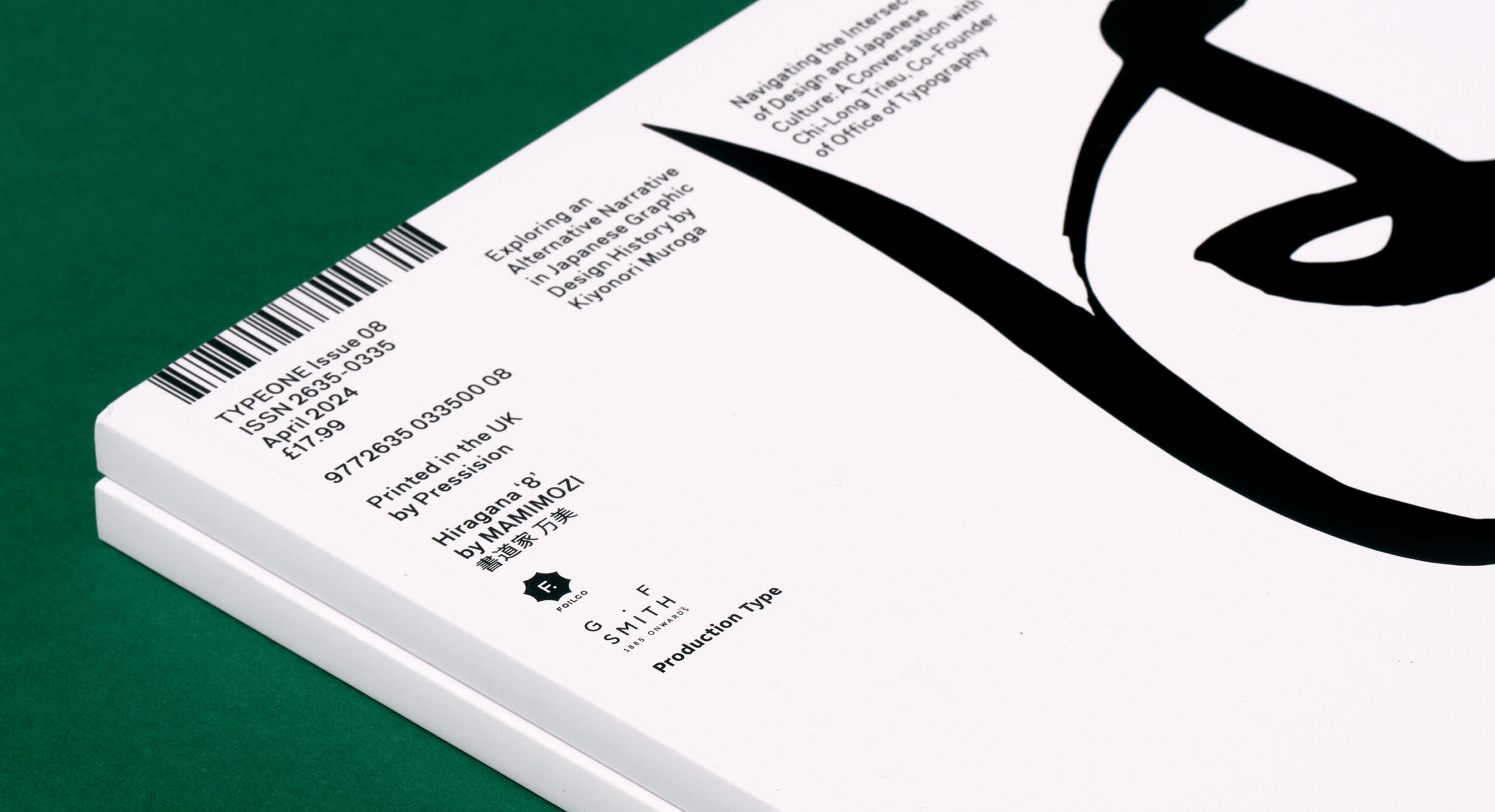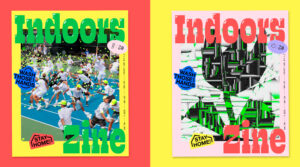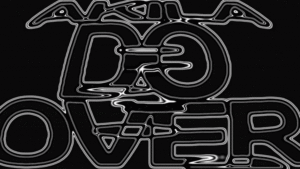In a world where creativity knows no borders, cross-cultural perspectives within design have become more important than ever to learn more about, specifically, knowing how to expand your design horizons beyond the familiar realms of Western graphic design and typography.
Navigating the intricate maze of global design landscapes can become a daunting task, especially when hindered by linguistic barriers, not to mention the added sensitivity to cultural exchange that should be taken into consideration. Positioned as a supporting guide, we’re thrilled to announce the launch of TYPEONE Magazine issue 08, our inaugural issue delving deep into Japan’s unique design industry and its rich, intricate writing system and the designers that use it.
Specifically crafted to present viewpoints of the natives of Japan’s culture via a compelling series of insightful interviews, conversations, and pieces, the content for this issue has been meticulously curated to provide readers with nuanced perspectives and insights into Japan’s design industry. All the while, simultaneously constructing lines of questioning that relate to the experience of our readership who are primarily based in Western and European countries, who like us, may have only a surface understanding of the Japanese graphic design and typography industry.
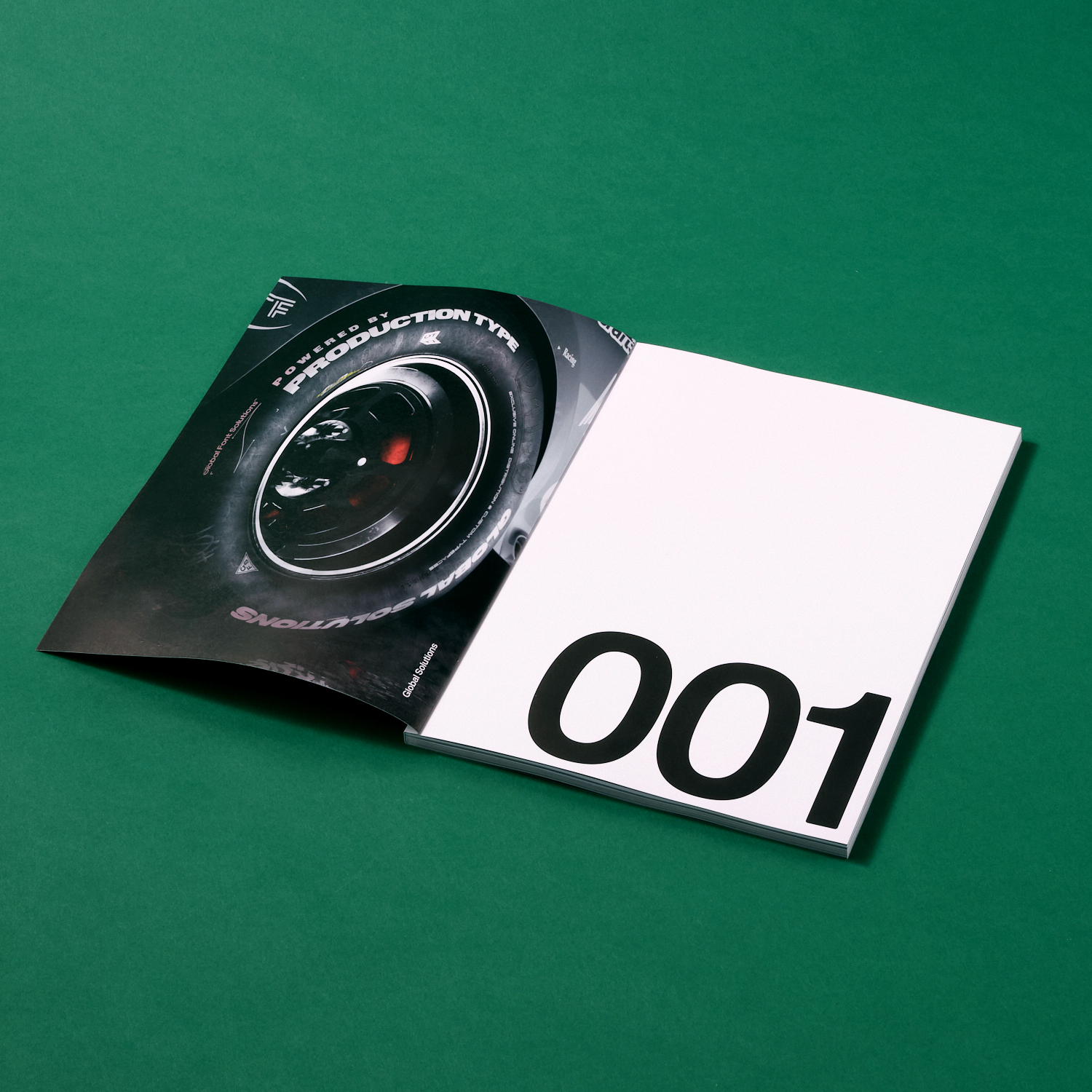
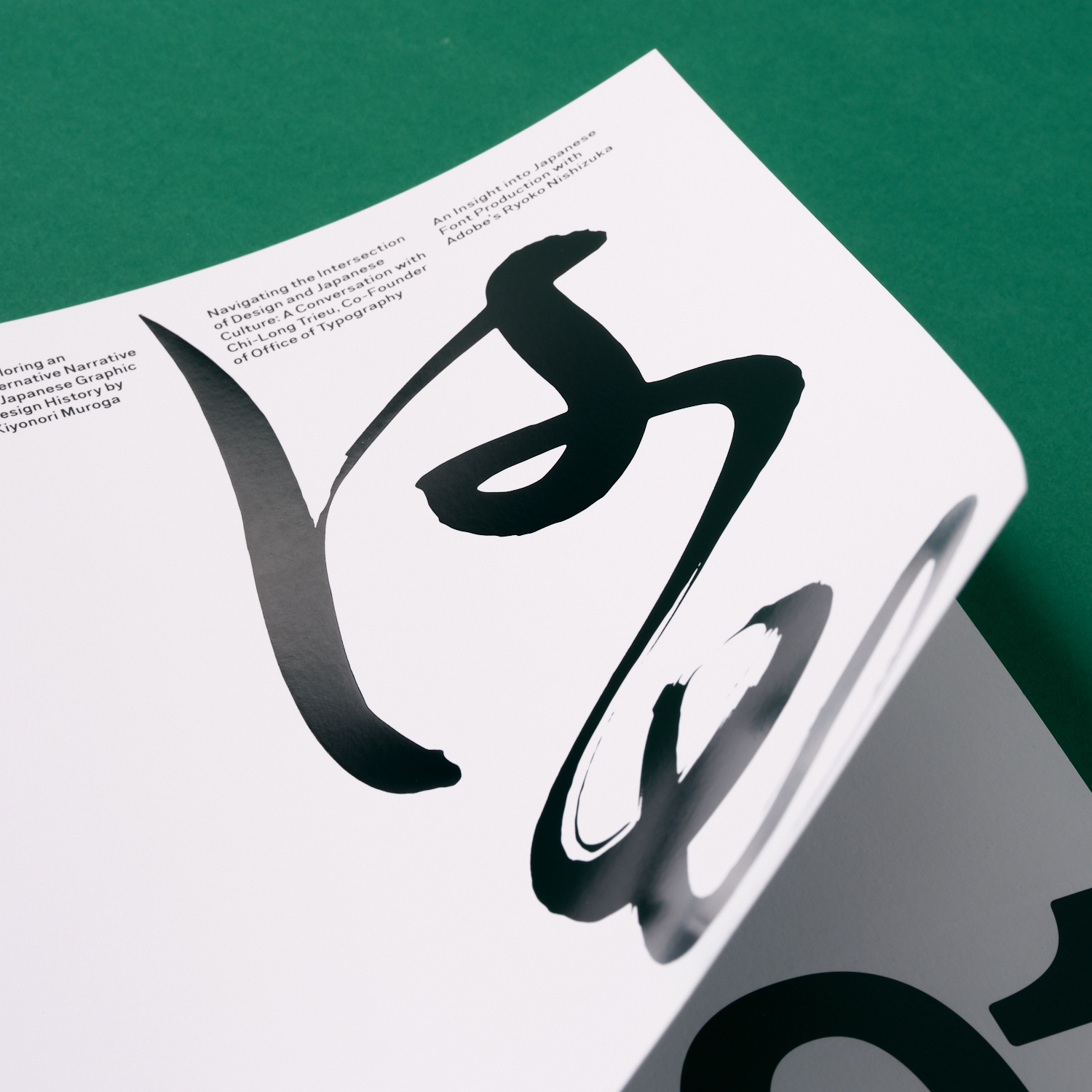
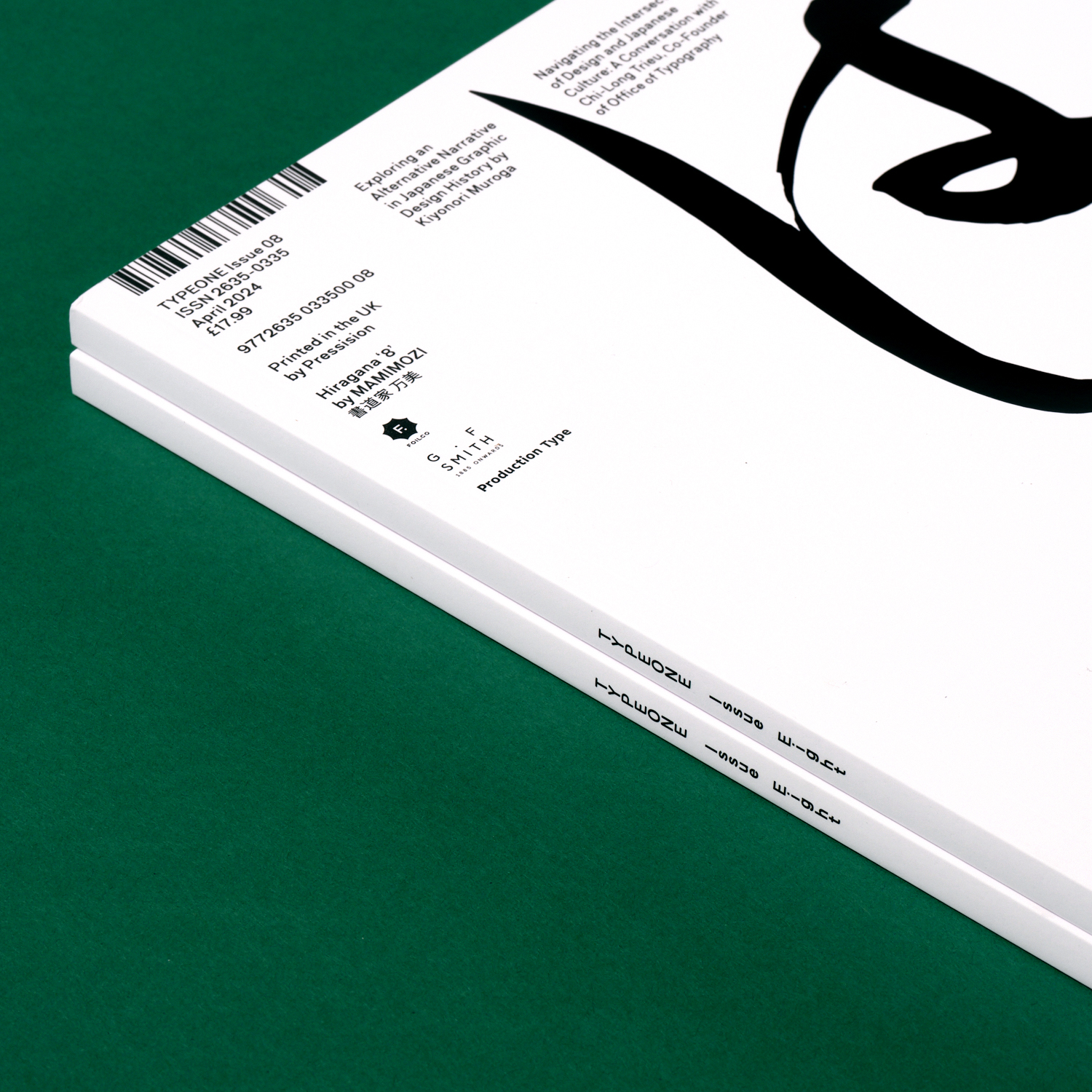
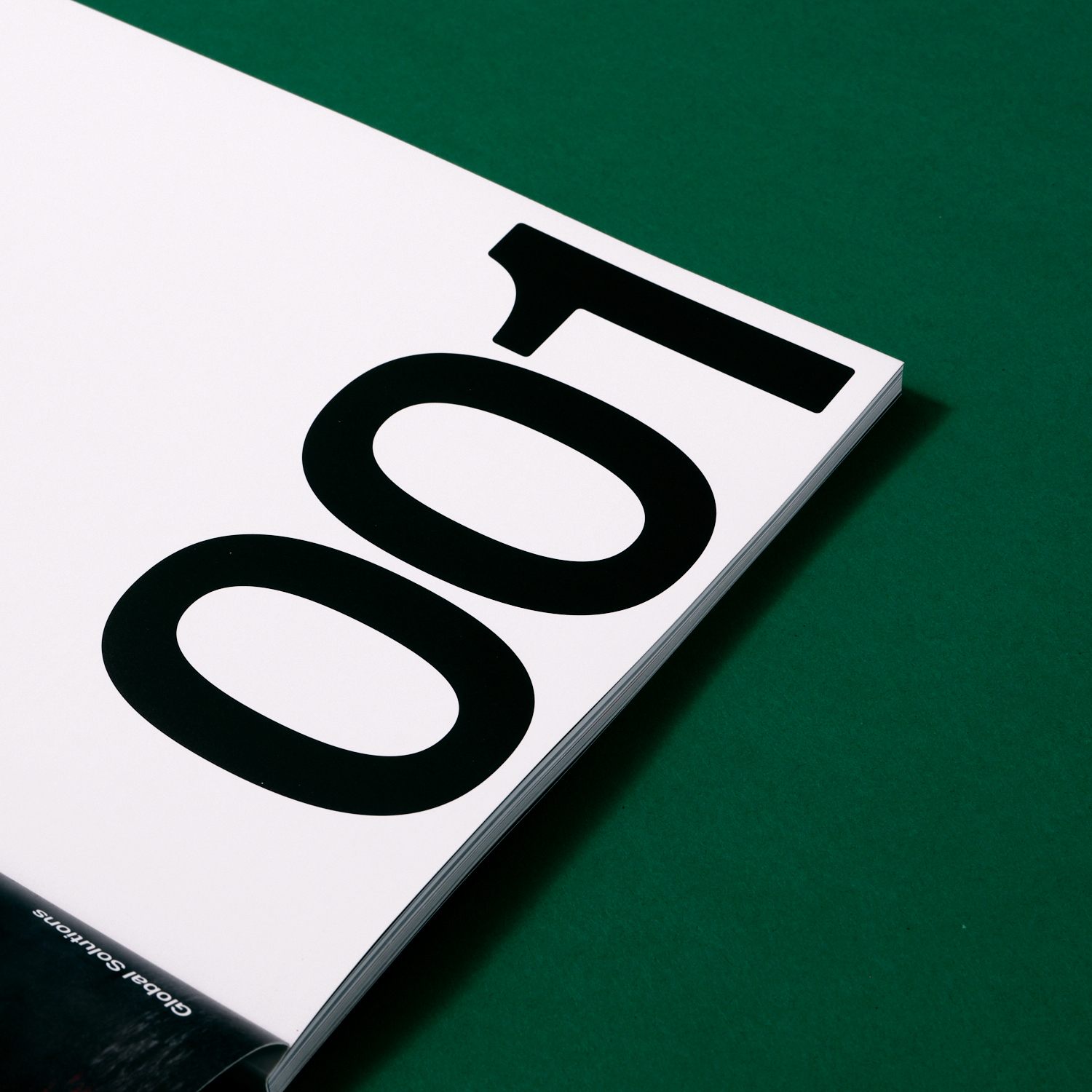
But Why Japanese Graphic Design x Typography
When casting our gaze on a subject, especially one relating to a culture that isn’t our own, it felt important to establish our ‘why’. Why did we choose Japanese graphic design and typography specifically as our first topic of cultural exploration?
The driving force behind our creative curiosity at TYPE01 is type – in all its forms – and as a type-focused design magazine, there was an undeniable fascination with the country’s writing system. In the field of typography, Japan is uniquely distinguished by its use of four different scripts: Hiragana, Katakana, Kanji, and Romaji, demonstrating the country’s rich linguistic and cultural diversity. Hiragana, which is characterised by its cursive style, and Katakana, recognised by its angular form, are both phonetic scripts. Kanji, on the other hand, is derived from Chinese characters, and lastly, Romaji is the representation of Japanese sounds using the Latin alphabet.
As with every culture, each design industry will have its unique framework, history and stories. So from an editorial angle, we were cautious about positioning ourselves as outsiders looking in, rather than attempting to interpret what we see through our own understandings. This valuable piece of advice was taken from a deep conversation with Japanese-American designer and writer Ray Masaki, which had a heavy influence on the direction of the editorial slant.
Eager to understand these scripts and the entirety of the Japanese typographic ecosystem – from the intricacies of the font production process to the expansive social contexts of type design and usage – the concept for issue 8 sprung to life.
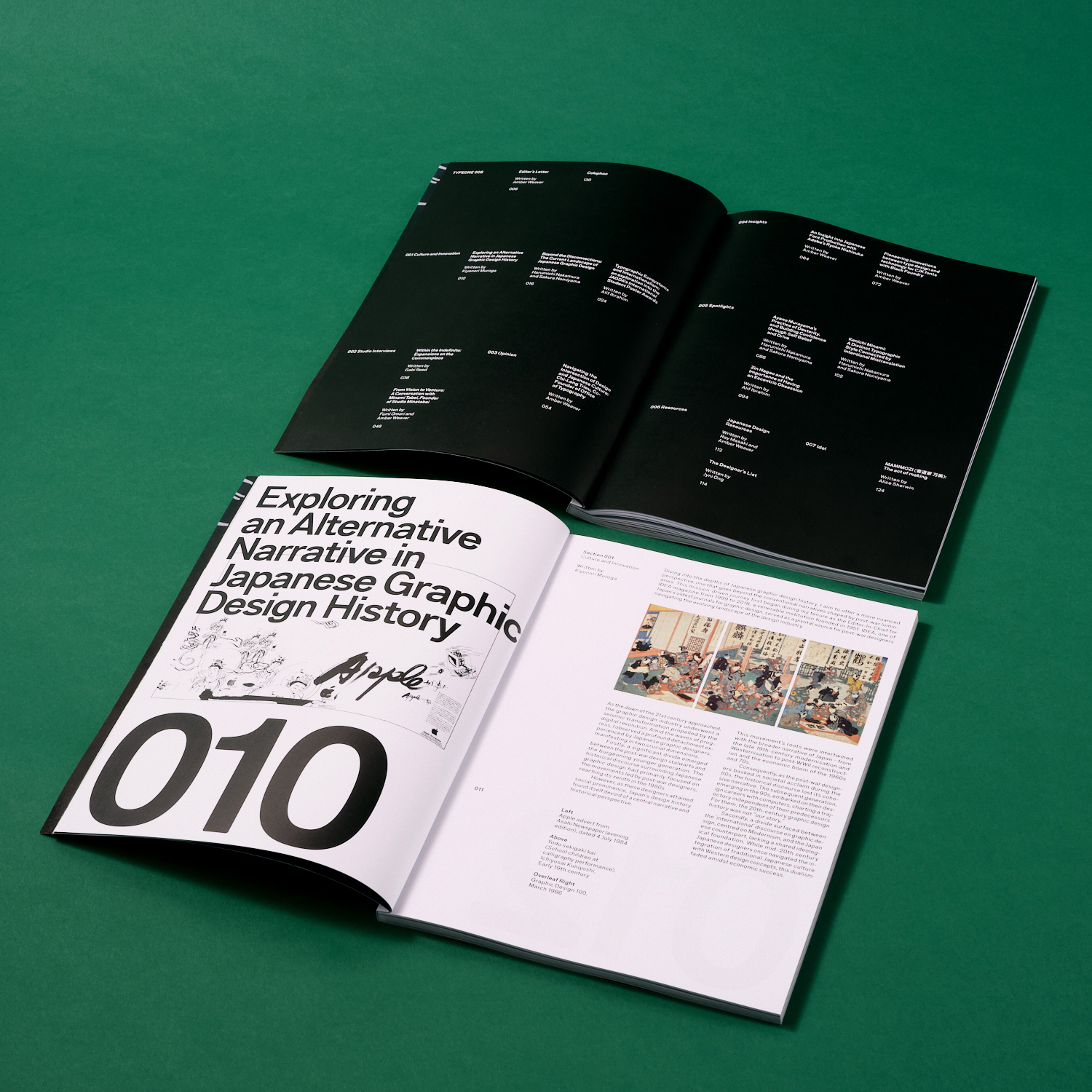
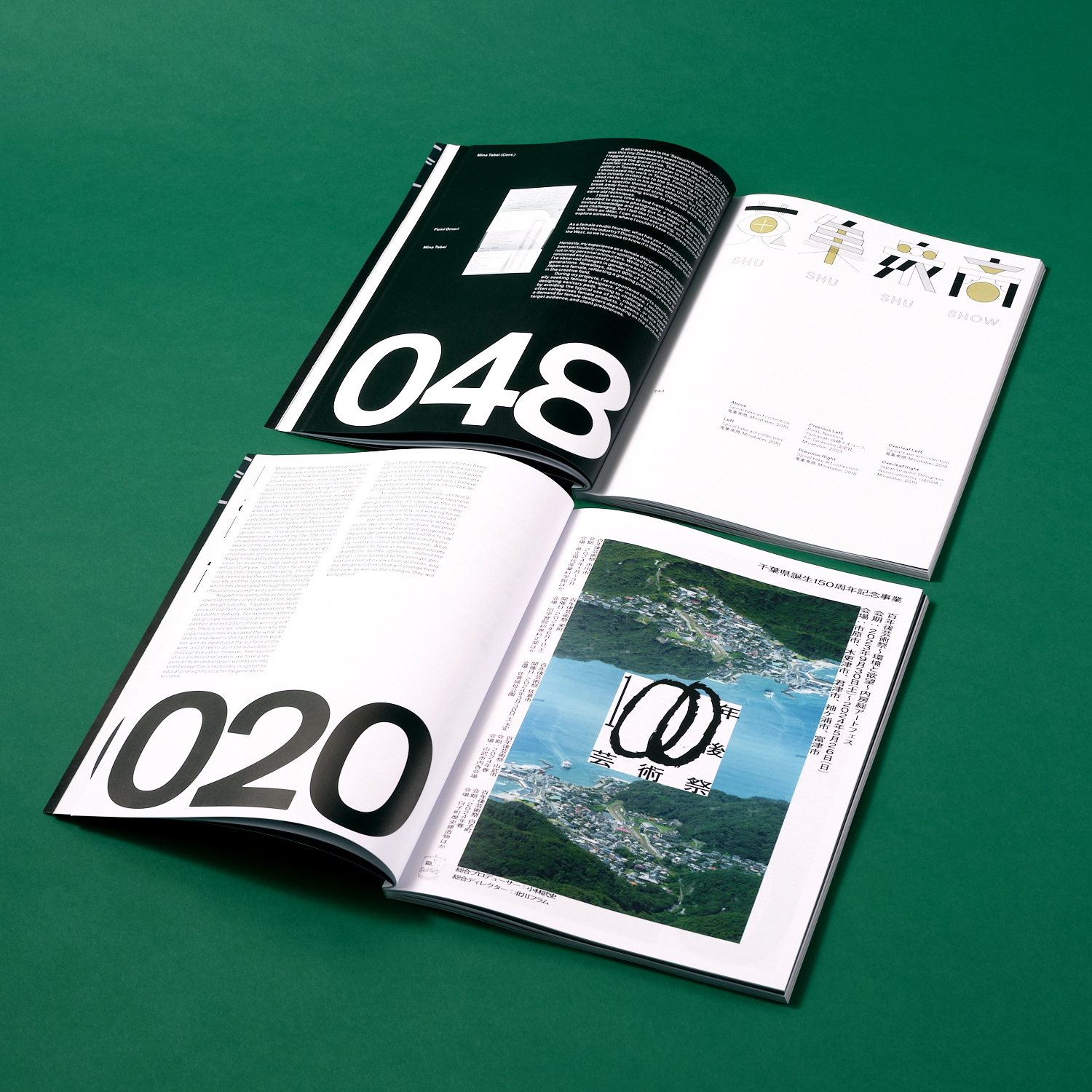
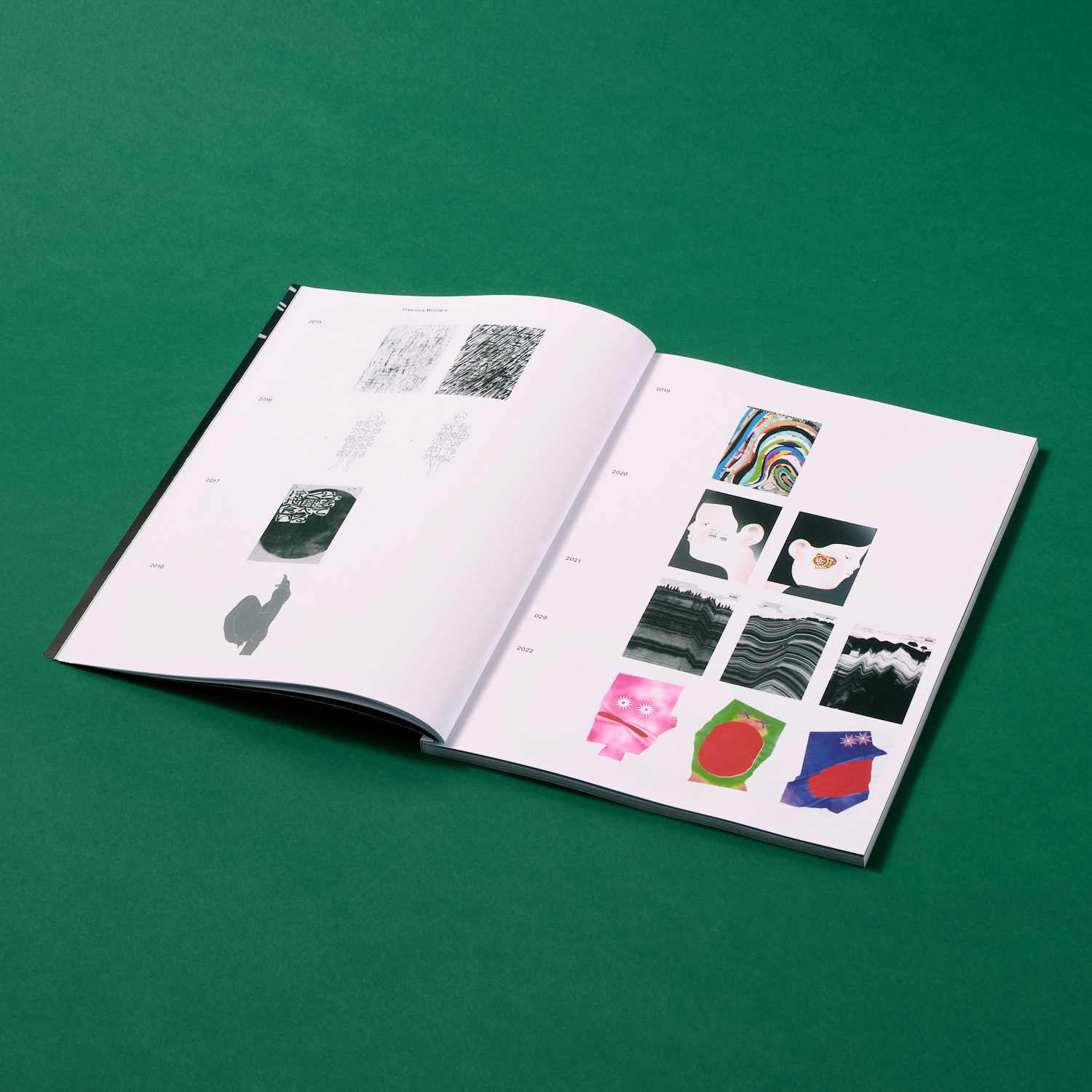
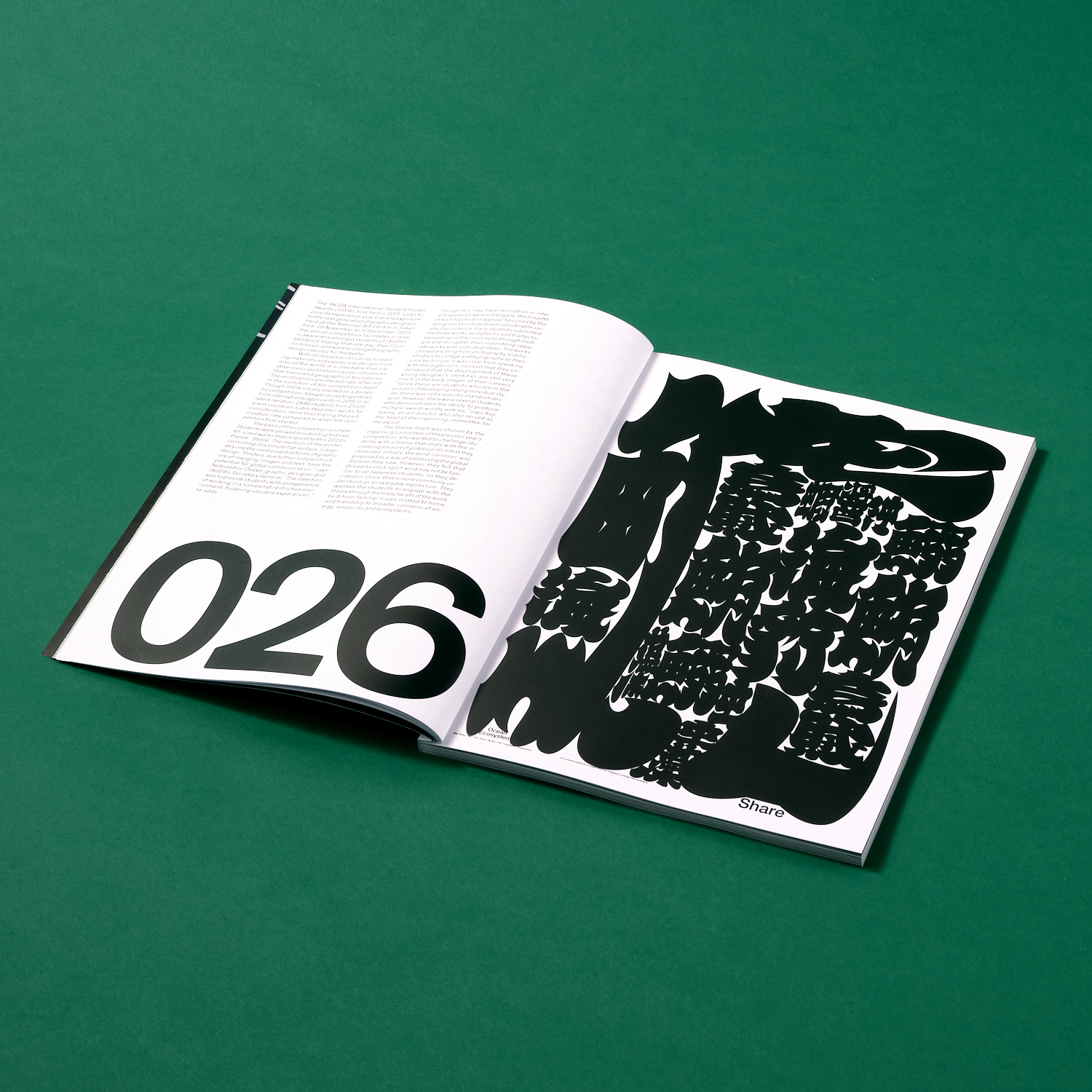
Issue 08 – Culture & Innovation
To lay a solid foundation within the early stages of the magazine, in our Culture & Innovation features, we aim to provide a comprehensive overview of Japan’s history, its current landscape, and future trends. As such, we dedicate three long-form articles to a thorough investigation of both the historical and contemporary realms of Japanese design, posing thought-provoking questions for the future. By presenting these perspectives, we hope to set a clear contextual foundation, enlightening readers as they engage with the rest of the issue.
Issue 8 begins with an in-depth reevaluation of Japan’s documented design history, conducted by ex Editor-in-Chief of IDEA magazine, Kiyonori Muroga. Under the direction of design historian Sakura Nomiyama, Harumichi Nakamura then takes us on an enlightening journey through Japan’s modern creative landscape, discussing ‘social responsibility’ and ‘expression and technique’, while drawing attention to the male dominance and authoritarianism prevalent within the Japanese design industry.
Alif Ibrahim, through the lens of the Japan Graphic Design Association’s (JAGDA) international poster award initiative, provides an insightful snapshot of the rising generation of designers. What can a poster competition unveil about these budding creatives? Here, Ibhrahim invites us to consider the evolving interests of these designers and the inspiring aesthetics and approaches shaping today’s visual language.
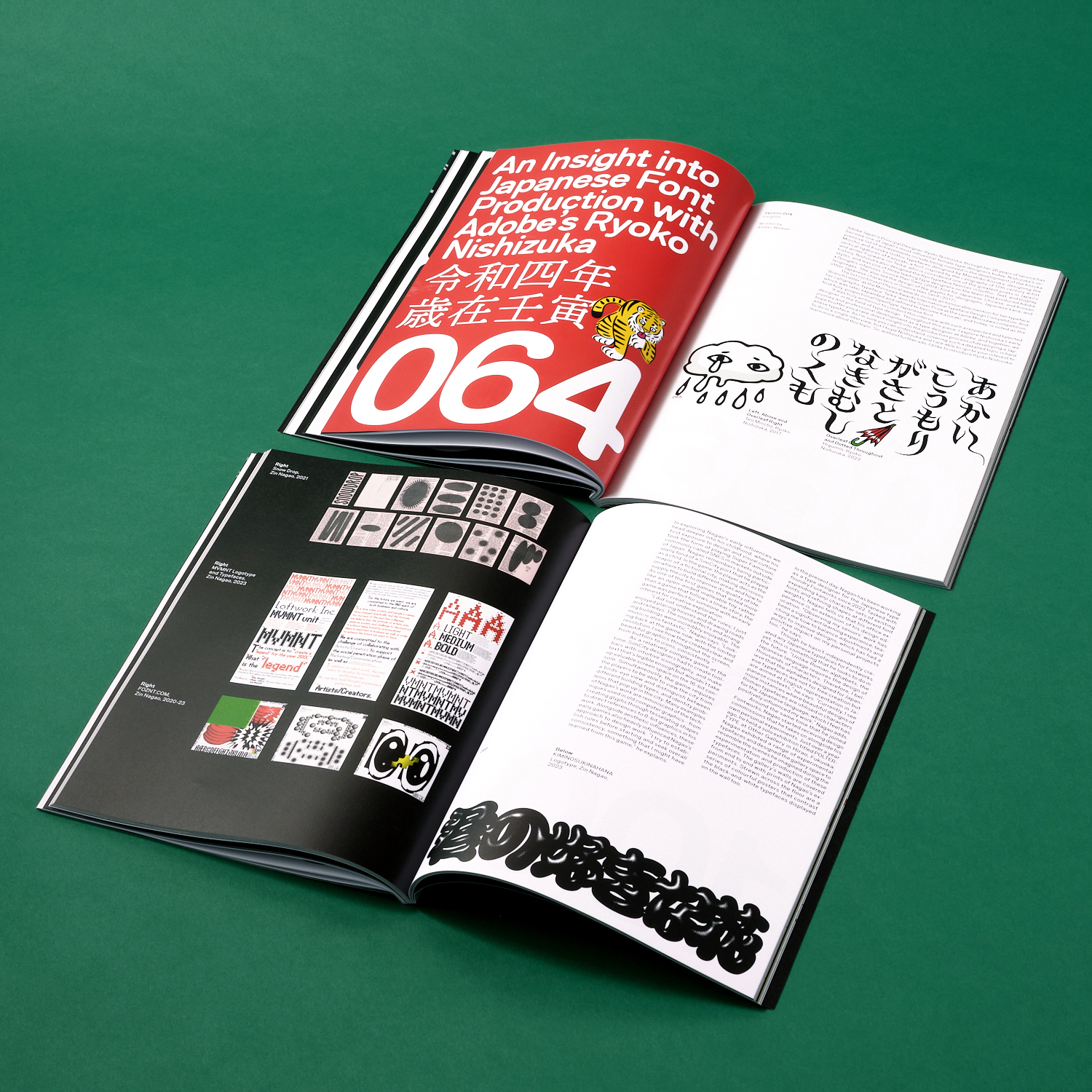
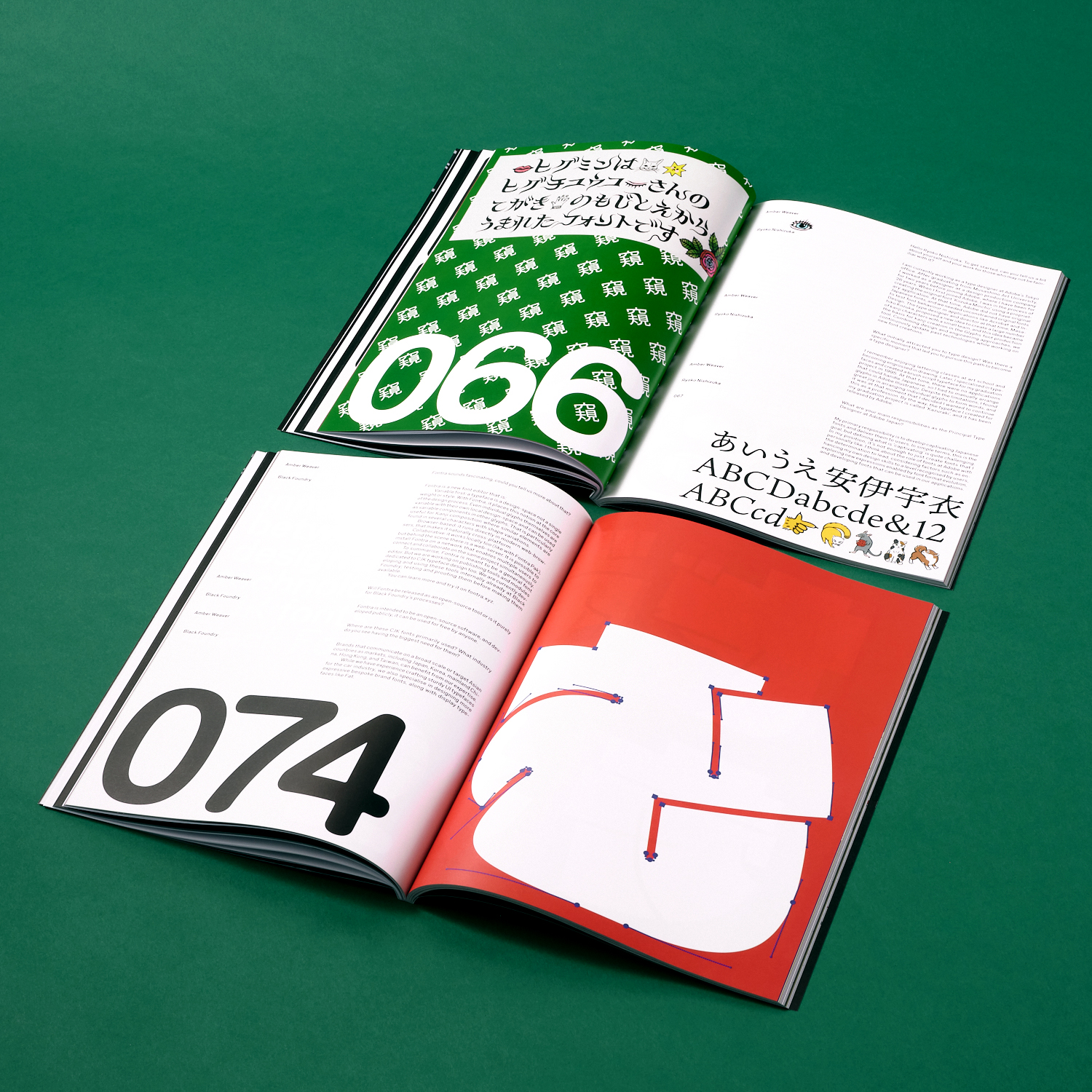
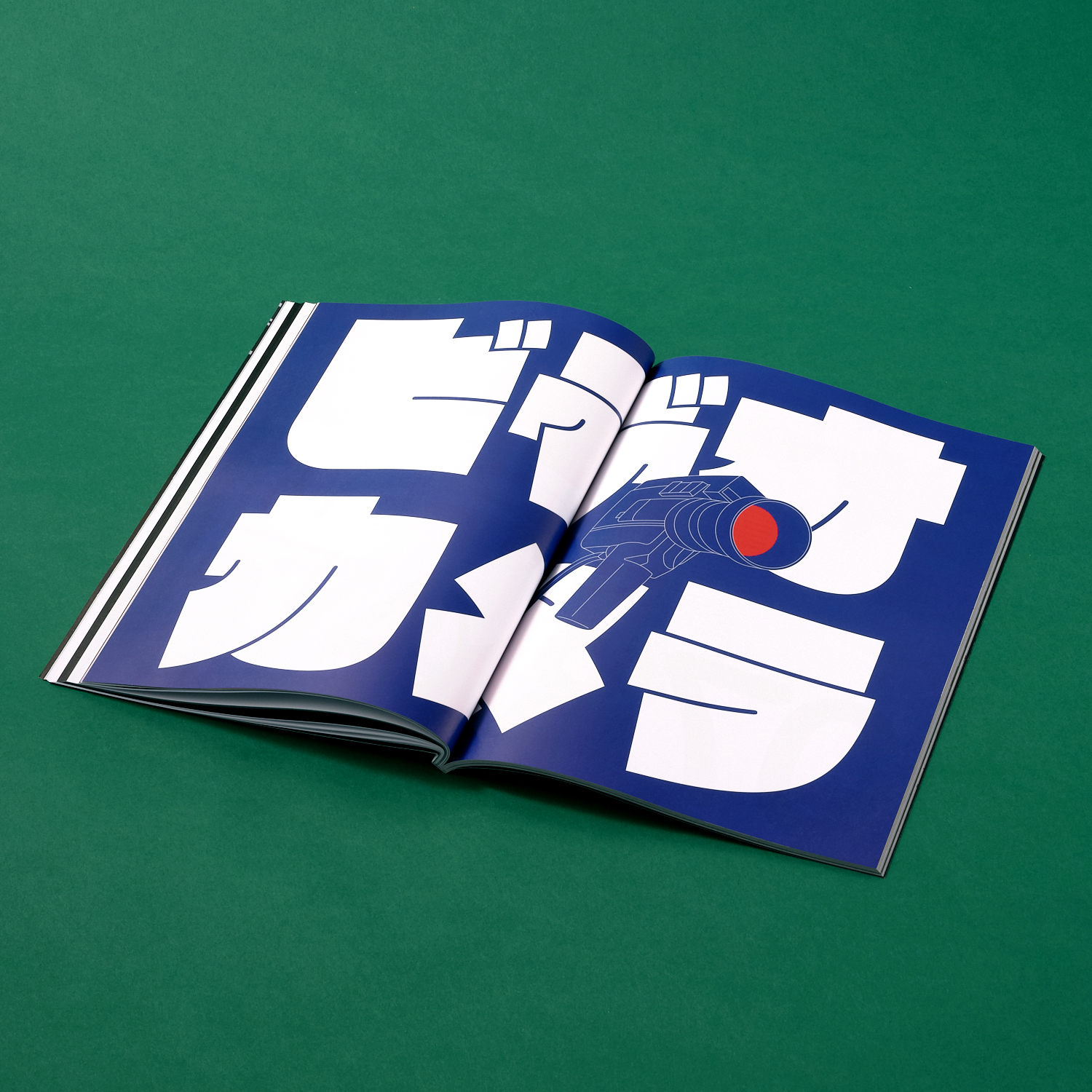
Issue 08 – Interviews, Opinions, and Insights
This issue consistently highlights a particularly crucial theme – the intertwined relationship between images and text. This relationship does not exist in isolation, but rather, it is deeply embedded within the broader context of dynamic societal shifts and evolving online culture. The industry is continually adapting and evolving in response, leading to new trends, techniques, and ideologies in design. These can be felt in the stories and reflections of the designers we spoke to.
Gabi Reed engages with Tokyo-based Graphic Designer, Art Director and Founder of Laboratories studio Kensaku Kato. Kato has an interest in editorial design and co-curated an exhibition at 21_21 Design Site in Tokyo, ‘Modes and Characters: Poetics of Graphic Design’. Meanwhile, Fumi Omori speaks with Studio Minatabei’s Founder, Mina Tabaei. Tabaei unpacks her decision to launch her own studio, her experiences as a female designer, how she aspires to make her studio environment an inclusive one, and her visions for the future.
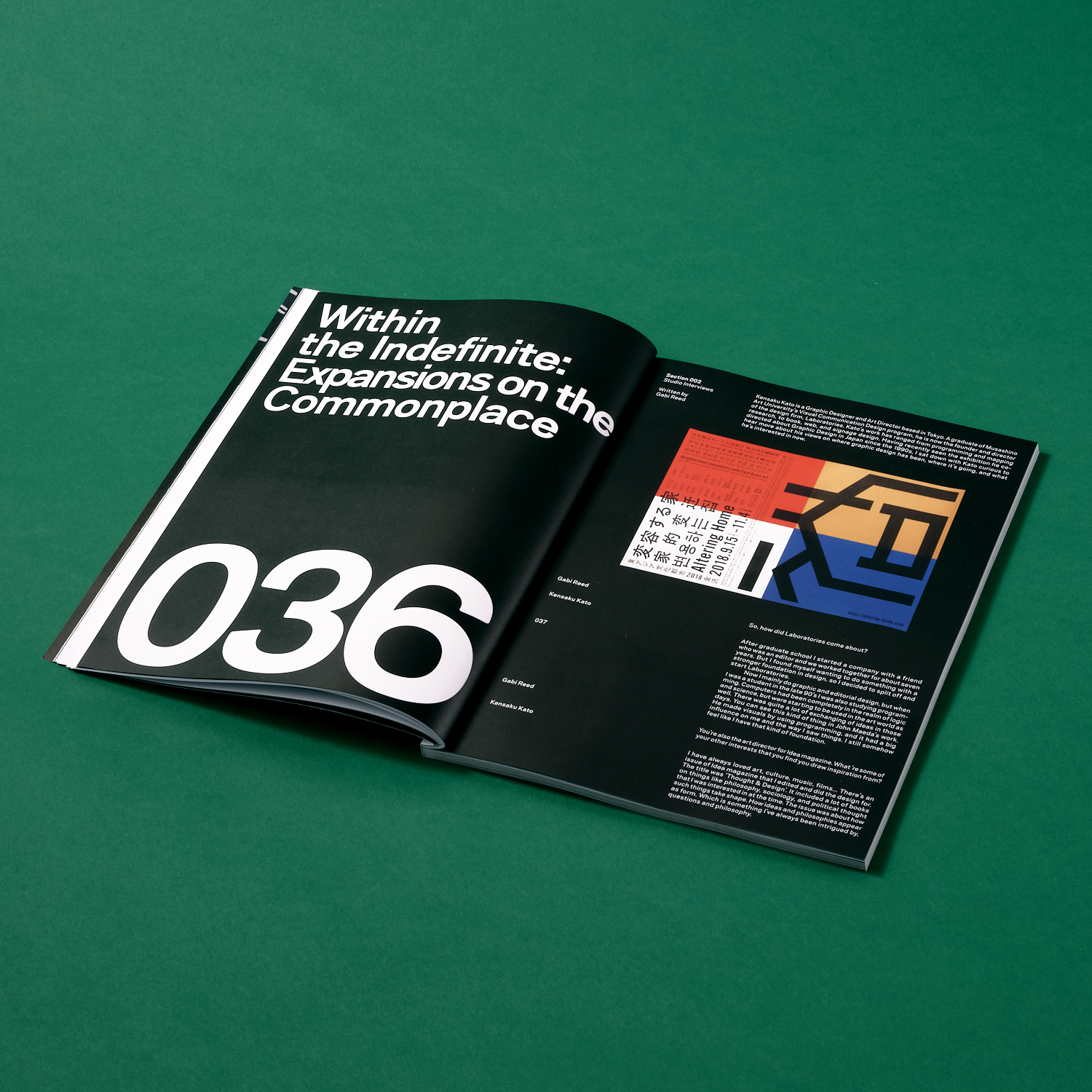
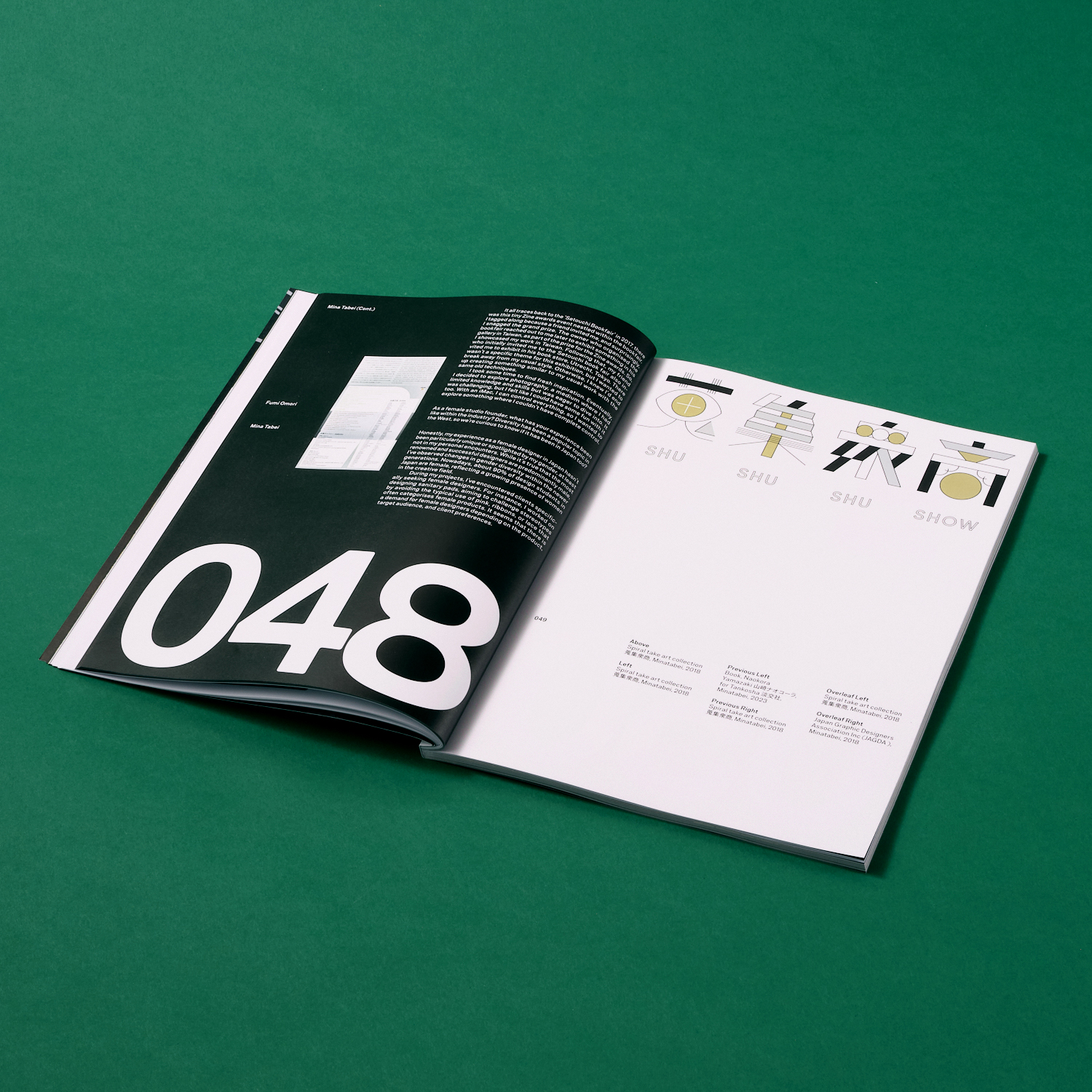
In our Opinion piece with Chi-Long Trieu (Type Director of Zak Group and Co-Founder of Office for Typography), the designer details navigating the intersection of design and Japanese culture, sharing their thoughts on the state of the industry. Additionally, the international team at Black [Foundry] discuss their innovative processes for CJK (Chinese, Japanese, and Korean) fonts and the learning opportunities this has provided them.
Drawing from her expansive and prolific career in Japan’s type design industry, we were thrilled to speak with Adobe Japan’s Principal Designer, Ryoko Nishizuka, who kindly shared her expertise on the world of lettering and glyph creation. Having solidified her reputation as one of Japan’s greatest type designers of today, she explained the Japanese writing system and her process of producing Japanese fonts – a process that she has refined in her nearly 30 years of experience in the industry.
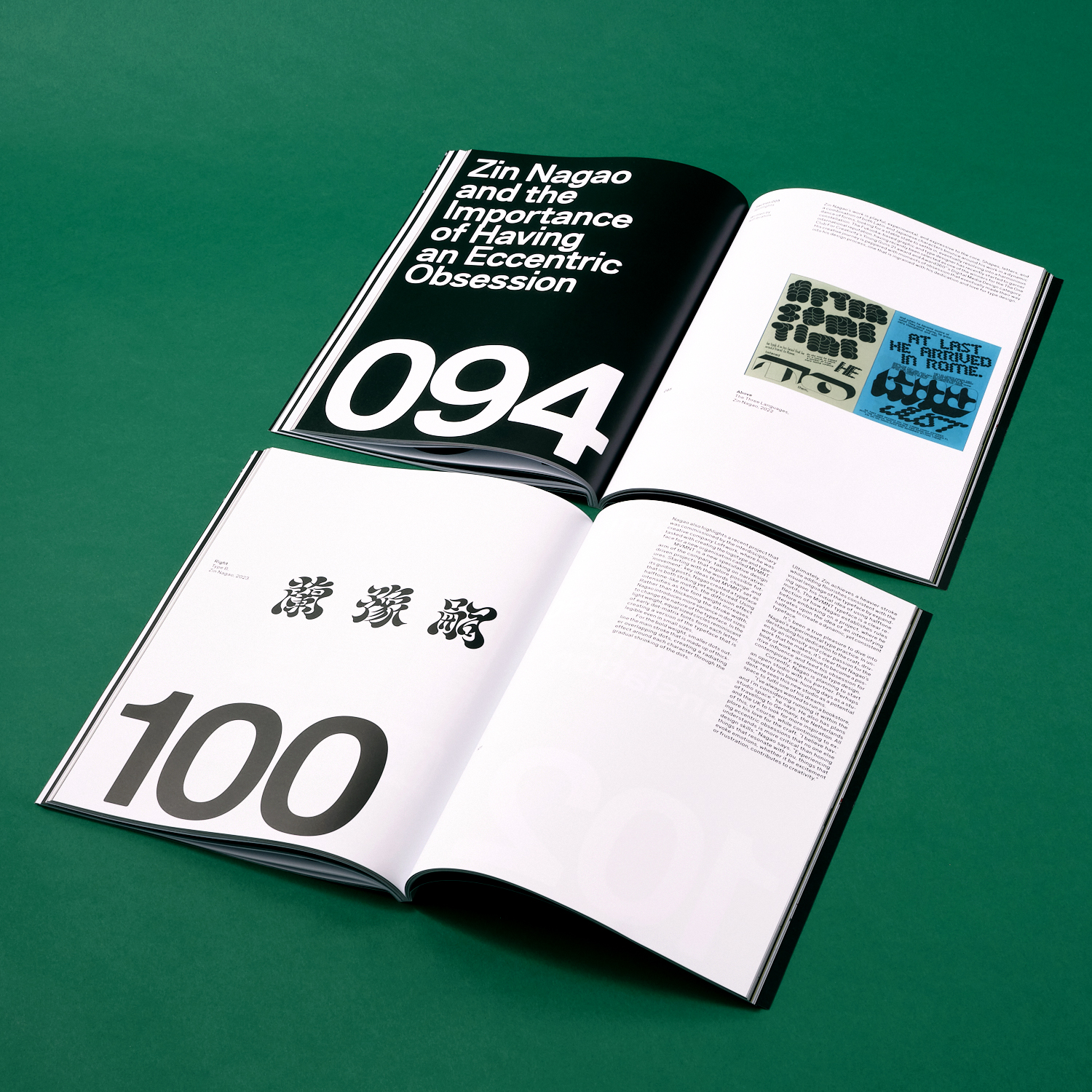

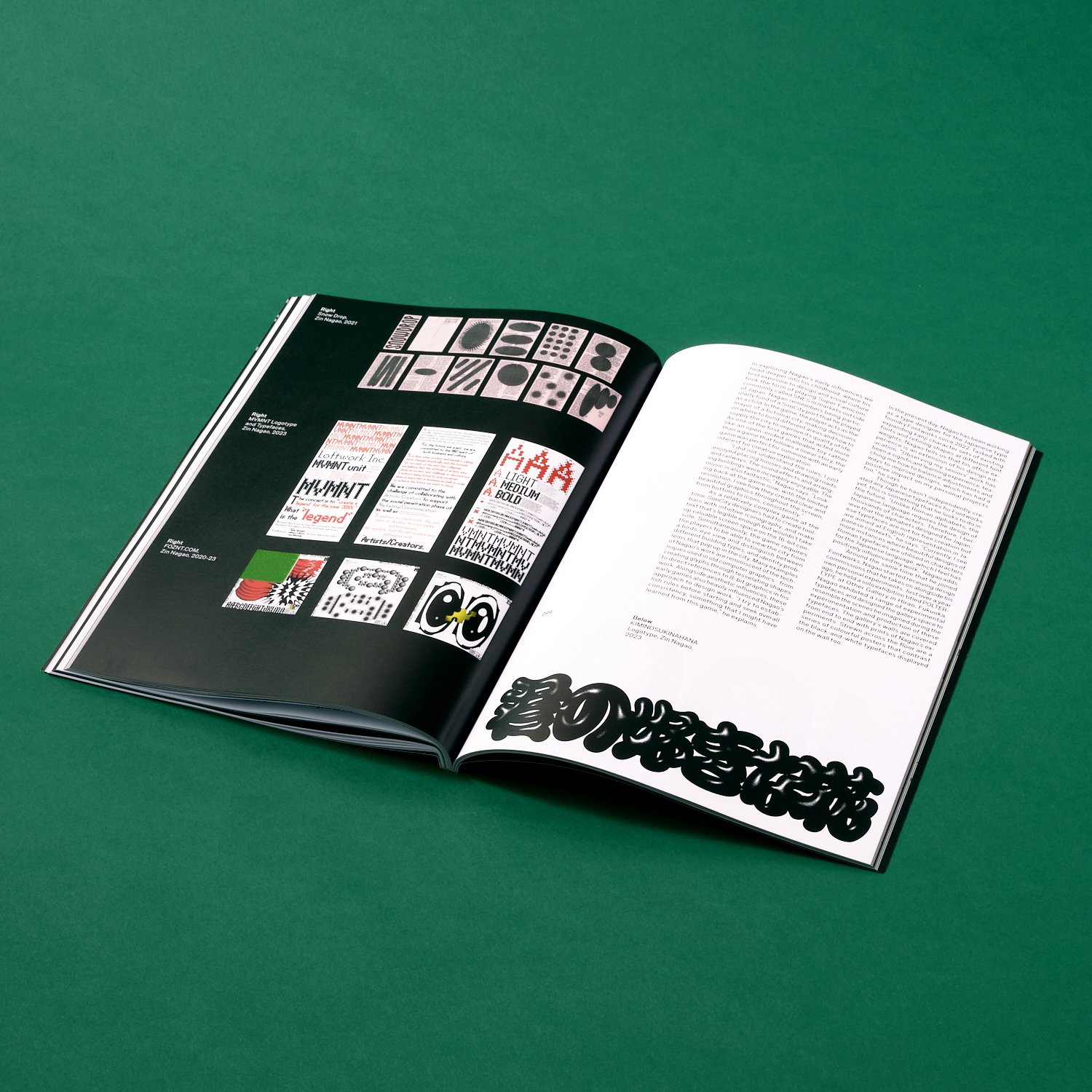
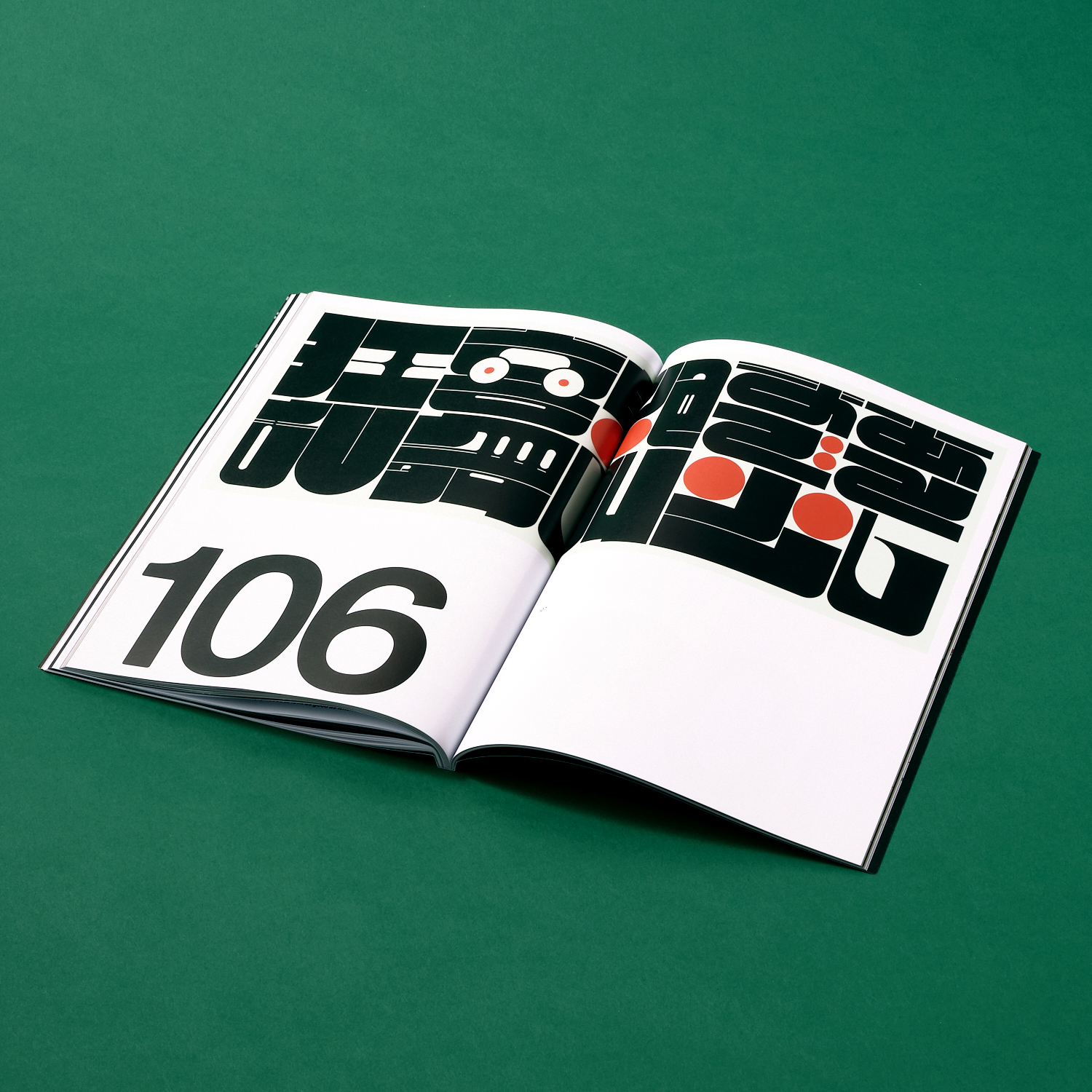
Issue 08 – Spotlights
As we delve further into Issue 8, our focus shifts from the present to the exciting horizons, examining how the emerging generations of Japanese graphic and type designers are redefining their craft. Not only are they engaging with more expressive practices and pushing the boundaries of experimental lettering, but, thanks to the global reach of social media, they are also proudly sharing and showcasing the innovative side of Japanese-type work to the world.
These include Fontworks’ Zinn Nagao, who unpacks the evolution of his nostalgia-infused personal practice and his creative and professional influences. The joyfully illustrative works of Ayano Murayama are a delight to browse, laden with texture and colour. And Kenichi Minami’s striking Kanji creations have garnered a popular following thanks to his regular posts on Instagram, where he says, “I want to keep going as long as I can.”
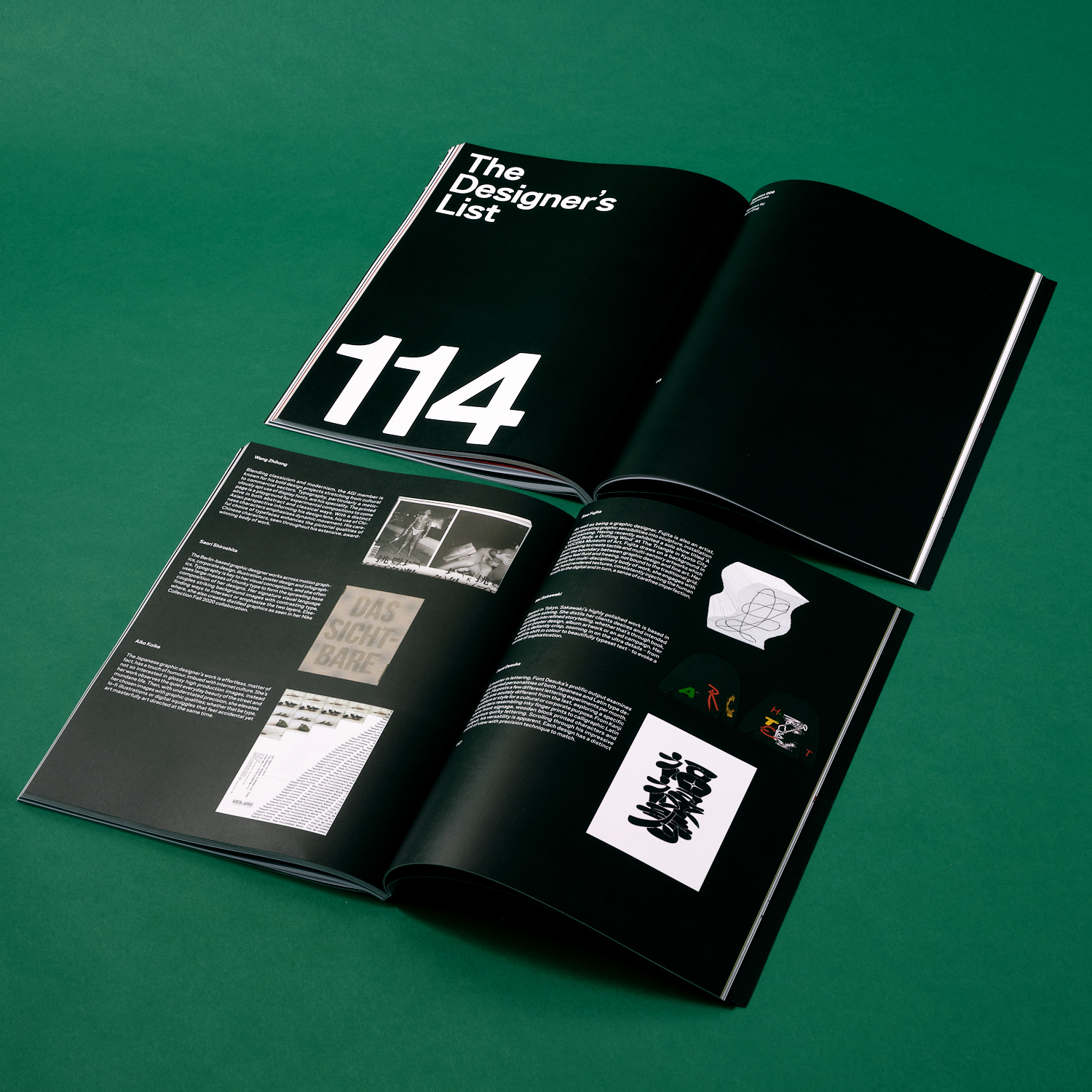

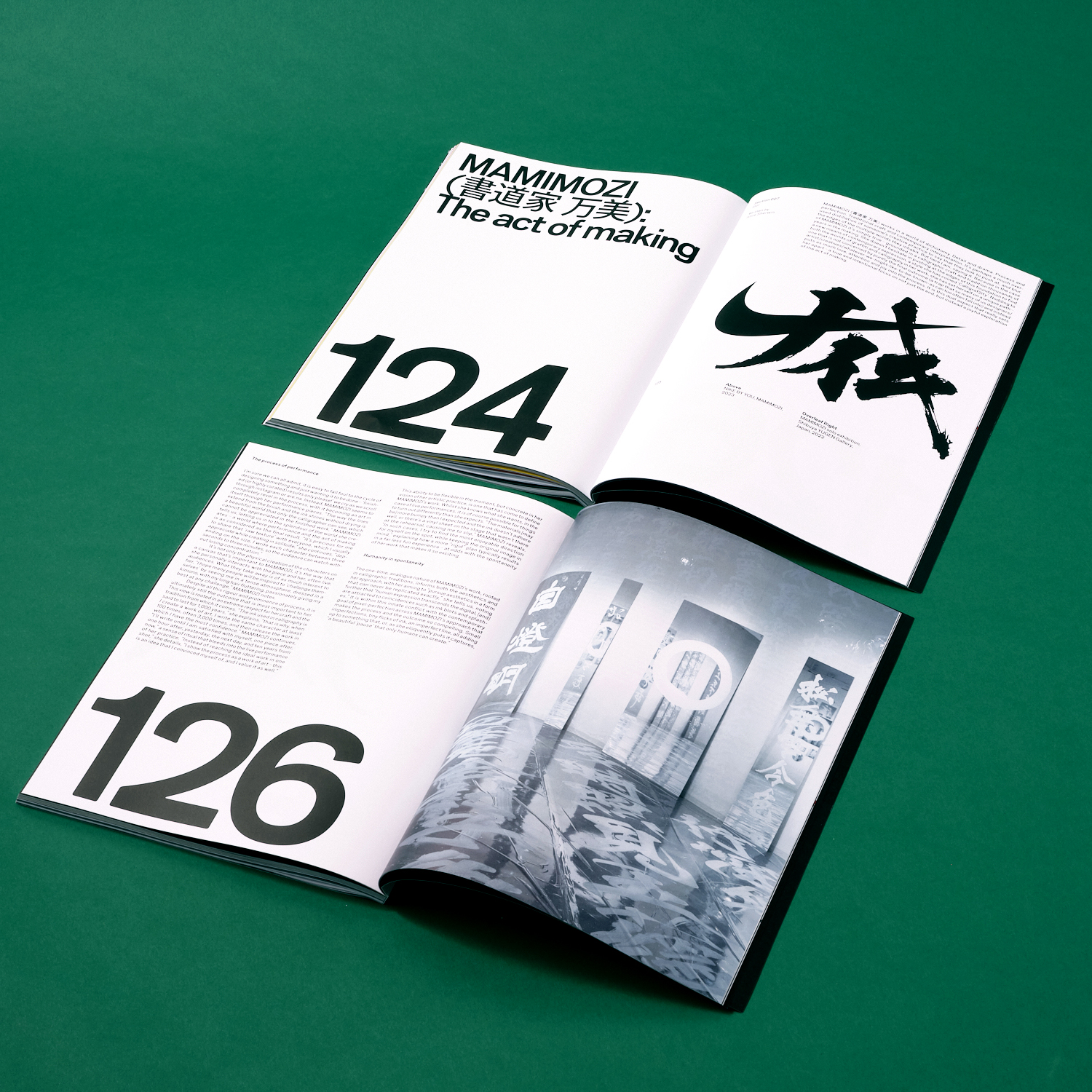
Issue 08 – Resources & Idol
Jyni Ong guided by a selection chosen in collaboration with Ray Masaki wrote a fantastic Designers List feature, whilst Masaki contributed to a list of further Japanese design resources if this topic sparked your creative curiosity.
And finally, to conclude this issue, Alice Sherwin shines a spotlight on MAMIMOZI, an exceptionally expressive calligrapher and performance artist. MAMIMOZI’s unique and captivating artwork does not just adorn the pages of our magazine, but it takes pride of place on our front cover too. Through Issue 8, we deliver a comprehensive look at the nuances of Japanese design, the symbiosis of text and image in its creative landscape, and the innovative minds driving its evolution.
We hope this exploration provides our readers with a broader understanding of the global design narrative and serves as a testament to our commitment to fostering cross-cultural dialogues in design. As we continue our journey, we look forward to bringing you more diverse, thought-provoking content, celebrating creativity worldwide!
Learn more about our magazine here.
Order TYPEONE Magazine issue 08 here.
Browse all our magazine issues here.
Or become an annual subscriber to get 30% per year.

